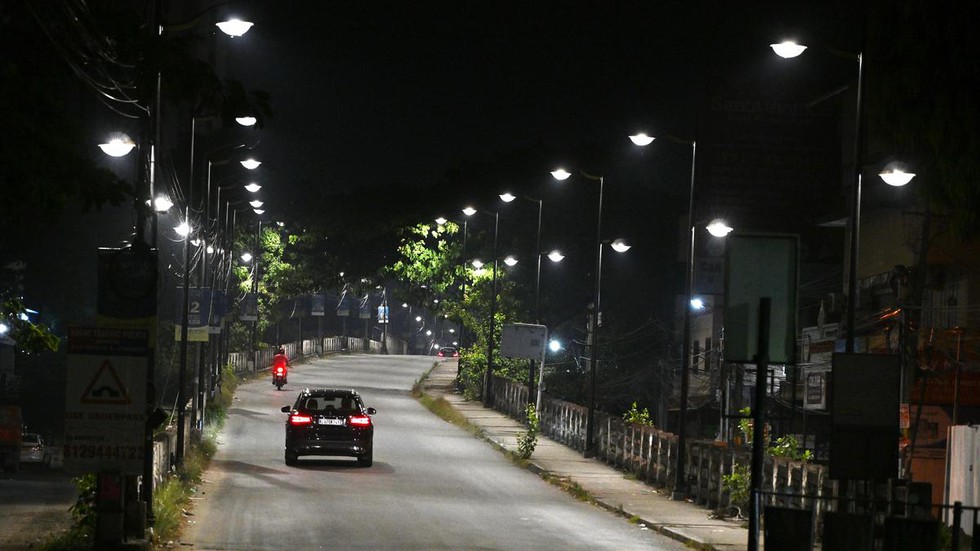About Smart Cities Mission (SCM):
- It was launched on 25 June 2015.
- The main objective of the SCM is to promote cities that provide core infrastructure, a clean and sustainable environment, and a decent quality of life to their citizens through the application of ‘smart solutions’.
- The mission aims to drive economic growth and improve quality of life through comprehensive work on the social, economic, physical, and institutional pillars of the city.
- The focus is on sustainable and inclusive development through the creation of replicable models that act as lighthouses for other aspiring cities.
- 100 citieshave been selected to be developed as Smart Cities (through a two-stage competition) in various rounds from 2016 to 2018, with each getting five years from their selection to complete the projects.
- It is a Centrally Sponsored Scheme under the Union Ministry of Housing and Urban Affairs (MoHUA).
- Some of the core infrastructure elements in a Smart City would include adequate water supply, assured electricity supply, sanitation, including solid waste management, efficient urban mobility and public transport, affordable housing, especially for the poor, robust IT connectivity and digitalization, good governance, especially e-Governance and citizen participation, sustainable environment, safety and security of citizens, particularly women, children, and the elderly, and health and education.
- The strategic components of the Smart Cities Mission are city improvement (retrofitting), city renewal (redevelopment), and city extension (Greenfield development), plus a Pan-city initiative in which Smart Solutions are applied, covering larger parts of the city.
- Funding:
- The Central Government will give financial support to the extent of Rs. 48,000 crores over 5 years, i.e., on an average of Rs.100 crore per city per year.
- An equal amount on a matching basis is to be provided by the State/ Urban Local Bodies (ULBs).
- Additional resources are to be raised through convergence, from ULBs’ own funds, grants under the Finance Commission, innovative finance mechanisms such as Municipal Bonds, other government programs, and borrowings.
- Emphasis has been given on the participation of the private sector through Public Private Partnerships (PPP).
